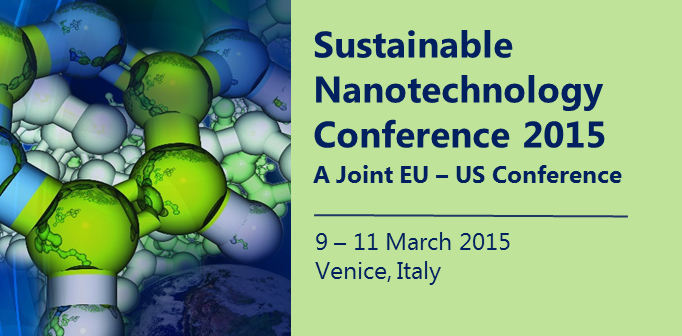Speaker
Michael Stintz
(TU Dresden, Institute of Chemical Engineering)
Description
CEN/TC 352 “Nanotechnologies” /WG 3 “Health, safety and environmental aspects” has launched a preliminary work item CEN/TS (00352012) Nanotechnologies – Guidance on detection and identification of nano-objects in complex matrices in 2014.
It is the scope of this Technical Specification to provide guidelines for detection and identification of specific nano-objects in complex matrices, like liquid environmental compartments and waste water. This Technical Specification assumes a prior knowledge of the nature of the nano-objects like their chemical composition. The selected detection and identification methods are based on combination of size classification and chemical composition analysis.
Corresponding requirements for sampling and sample preparation will be given. Identification can also be supported e.g. by additional morphology characterization. The document will provide links to measurement method standards if available. This Technical Specification covers a set of appropriate methods like Field-Flow-Fractionation, Electron Microscopy, Single-Particle-ICP-MS and alternative characterization methods.
Beginning with examples for detection and identification tasks in complex matrices and overview of measurement techniques will be given, followed by a guidance for the selection of a method for a certain task. Measuring principle, performance, sample preparation and interpretation of results shall be covered.
Primary author
Michael Stintz
(TU Dresden, Institute of Chemical Engineering)
Co-author
Andre Nogowski
(TU Dresden, Institute of Chemical Engineering)
